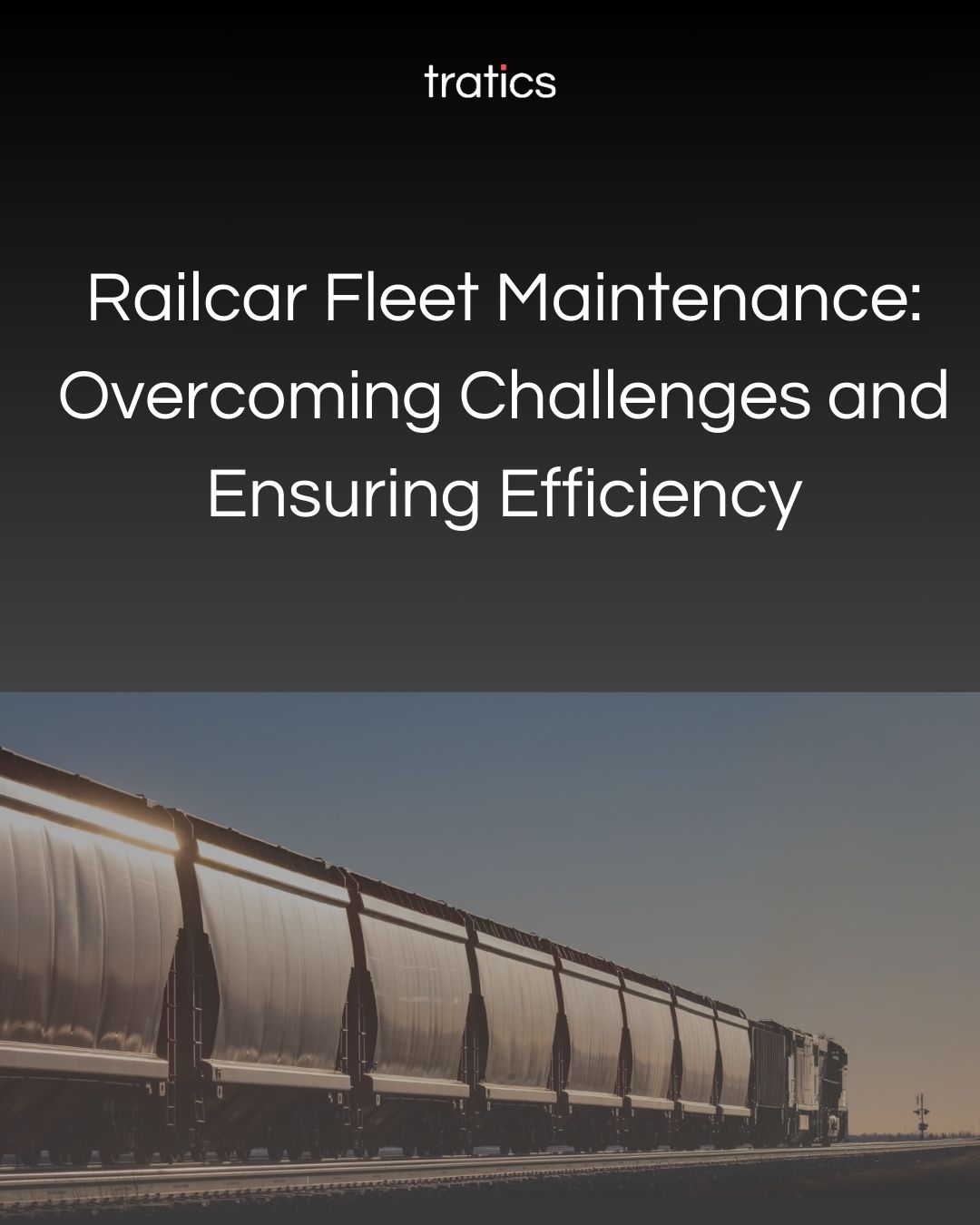One of the most pressing challenges for rail services companies today is the ongoing staffing shortage, particularly within repair shops and maintenance facilities. The “pandemic labor force effects” have led to fewer skilled workers being available to perform the necessary repairs. This lack of staff has caused significant delays in service times, leaving railcars in need of repair for longer periods. Urgent and unplanned repairs are harder to accommodate, which affects fleet availability and could lead to missed deadlines or delays in transportation.
Another major challenge is the delay in obtaining necessary materials. Shipping disruptions and delays have led to longer lead times for parts and materials needed to keep railcars running smoothly. When railcars are delayed in transit or stuck waiting for parts, it reduces the opportunities to send them for repairs, which further compounds the issue. As railcars remain in service longer and experience additional wear and tear, there is a higher likelihood of more repairs stacking up, leading to a backlog of maintenance work. This can cause serious disruptions, as businesses may find themselves short of available railcars to meet their transportation needs.
Guidelines for Effective Railcar Fleet Maintenance
- Create a Detailed Roadmap for Repairs
One of the most important steps in managing a railcar fleet effectively is to develop a clear and strategic schedule for repairs. With limited railcars and increased strain on repair shops, it is essential to plan your repair projects. By creating a roadmap, you can better track which vehicles need maintenance and plan, accordingly, ensuring that repairs are done in a timely manner and without major disruptions. This will also help avoid the mistake of postponing repairs to keep rail cars available for operations, which can lead to more significant issues down the line. - Encourage Team Engagement and Communication
To keep the repair process on track, it's vital to regularly engage with all key stakeholders involved in fleet maintenance. Whether it’s your team of mechanics, logistics staff, or managers from other departments, everyone should be kept up-to-date on the latest information about railcar conditions and repair progress. This open communication will help everyone understand what steps need to be taken and when. Collaborative discussions will allow different areas of the business to align their needs and create a cohesive repair strategy that works for the entire organization. - Implement the Plan and Stay Committed
Once a clear plan is developed and the team is on board, it’s important to stick to it. Implementing a repair strategy requires full commitment from everyone involved. If the plan is ignored or not followed closely, maintenance needs may pile up towards the end of the year, causing a backlog of repairs that can be difficult to manage. A staggered approach to repairs, as outlined in the roadmap, ensures that the business can continue running smoothly with minimal interruptions, preventing a situation where all the fleet's maintenance needs are handled at the last minute.
By following a well-thought-out plan, engaging with your team and those of your suppliers, and staying consistent with the repair schedule, you can avoid or reduce the most common pitfalls that lead to extended downtime and delayed services. It’s important to remember that the rail industry is facing unprecedented pressures, but with strategic planning and effective team collaboration, these challenges can be overcome. The goal should always be to ensure that railcar fleet maintenance runs efficiently, so the business can continue to operate with minimal disruption.

